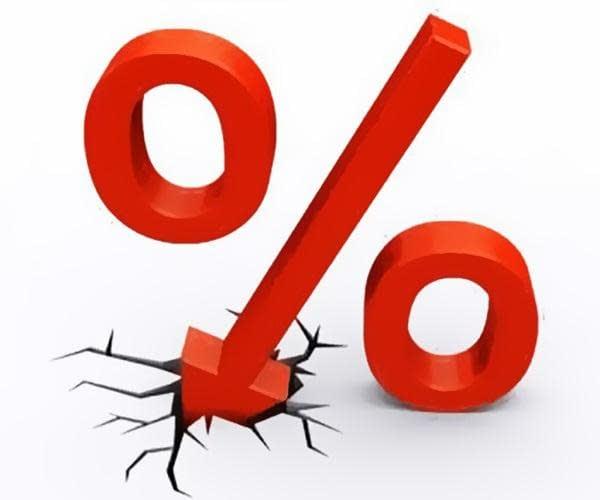Chart Of The Day: Bond Bubble Continues – Investors Now Pay Germany to Borrow for 10 Years @WSJ
Courtesy @WSJ
Germany sold 10-year debt at a negative yield on Wednesday, becoming the first eurozone nation to do so and setting a further milestone in the relentless fall of government bond yields around the world.
In a flurry of other European debt sales, countries from Portugal to the U.K. were able to raise cheap financing on Wednesday, despite concerns about their economies and the global uncertainty spurred by Britain’s vote to leave the European Union.
Yields in the U.S., Europe and Japan have been plummeting as investors pile into government debt in the face of tepid growth, low inflation and high uncertainty, and as central banks cut rates into negative territory in many countries.
In the U.S., a $12 billion sale of 30-year Treasury bonds attracted stellar demand Wednesday despite a record-low yield of 2.172%, which smashed the previous low of 2.43% set in January 2015. Indirect bidding, a proxy of foreign demand, surged to 68.5%.
Eurozone countries, including Germany, have sold shorter-dated bonds at a negative yield before and both Switzerland and Japan have issued 10-year bonds at below zero. But the 10-year bund is considered the benchmark issue in Europe, a region that is riven with economic insecurity.
That promises ever-lower rates for the region’s governments, which will in turn drag yields down for companies, whose bonds are priced relative to such benchmarks.
For investors, it means they are now paying for the privilege of lending money to Germany for 10 years, in the sort of upside-down math that is rewriting economics textbooks.
These yields are “symptomatic of serious structural problems with the global economy,” said Daniel Loughney, a portfolio manager at AllianceBernstein. “Clearly this poses a serious predicament for investors, as investing in [a] negative-yielding instrument is impossible to justify from a buy and hold perspective.”
Germany sold 10-year bunds at a yield of minus-0.05%. While investors can make a profit on these bonds if the price of the debt increases in secondary markets, they won’t receive any annual interest payments, given the 0% coupon and when the bond matures it will pay back a smaller principal than was originally lent to Germany.
Advertisement
Also on Wednesday, Switzerland, which became the first country to sell negative-yielding 10-year debt back in April 2015, raised 131.5 million Swiss francs ($133.7 million) in bonds that will mature in 2058 at a yield of minus-0.023%.
In Switzerland, government bonds through the longest maturity—a bond due in nearly half a century—are yielding below zero.
Overall, there is now $13 trillion of global negative-yielding debt, according to Bank of America Merrill Lynch. That compares with $11 trillion before the Brexit vote, and barely none with a negative yield in mid-2014.
The free fall in yields on developed-world government debt is also dragging down rates on global bonds broadly as investors fan out further in search of income, including in emerging markets and in corporate bonds.
The average yield on euro-denominated investment-grade corporate debt has almost halved to 0.77% from 1.41% at the start of the year, according to Barclays’ Euro-Aggregate Corporates bond index, which has an average maturity of just under six years.
On Wednesday, Portugal and Italy were able to raise money at what analysts said were cheap rates, even as both countries’ economies and banking sectors raised concerns with investors.
The U.K. has also been able to tap investors at low rates, including on Wednesday, despite the pound plummeting and analysts ratcheting down their growth forecasts in the wake of the country’s vote to leave the EU.
But Brexit is among the reasons that yields are falling so fast. The vote has added to a host of concerns about the state of the global economy, while also increasing expectations of action from the Bank of England and the European Central Bank.
On Thursday, the BOE is expected to cut its benchmark interest rate to a new low, or at the least send a strong signal that such a move is imminent, in what would be its first cut since March 2009.
As central banks cut rates, that pulls down yields across markets and vast bond-buying programs have pushed them even lower as they create demand and make supplies more scarce.
Mitul Patel, head of interest rates at Henderson Global Investors, said there are concerns the ECB will run out of eligible bonds to buy in Germany, leading to speculation that the central bank will have to alter its rules to avoid running out of road. The ECB’s rules preclude it from buying any bonds with a yield lower than its deposit rate of minus 0.4%, and the central bank can buy only up to a third of each eurozone country’s debt.
Meanwhile, many believe yields will continue to fall.
“What we are seeing at the moment is an overshooting in the demand for such [government] paper, so it is difficult to call the bottom for yields at this time,” said Jürg Bretscher, portfolio manager for the Vontobel Fund-Swiss Franc Bond.
Link: http://www.wsj.com/articles/germany-sells-10-year-debt-at-negative-yield-1468410101

